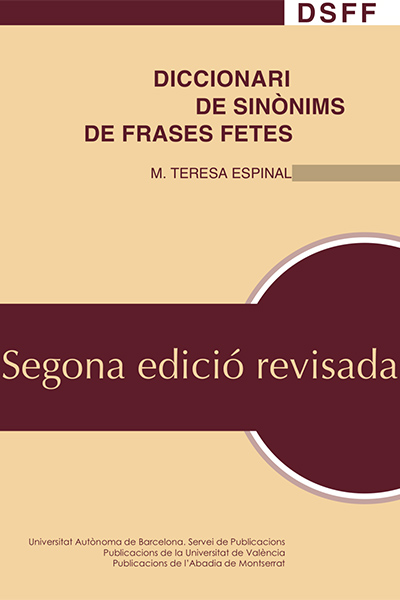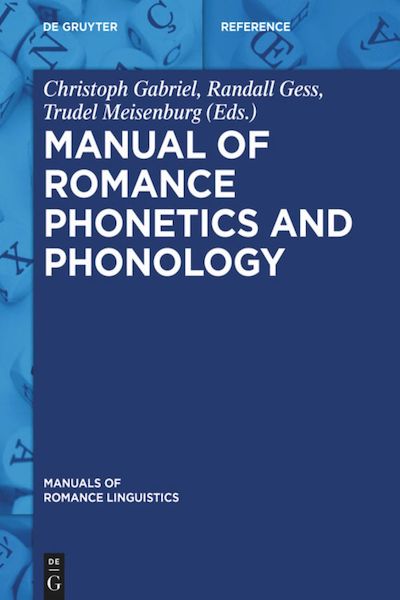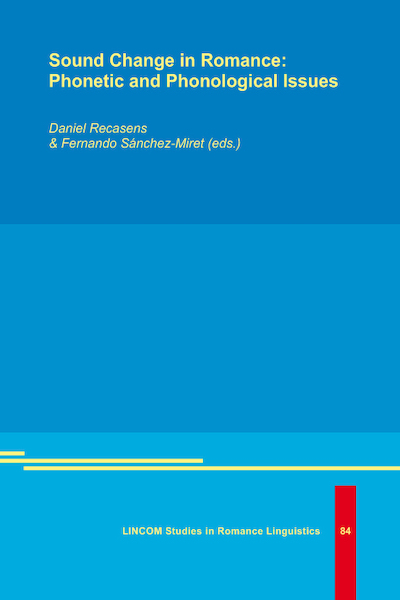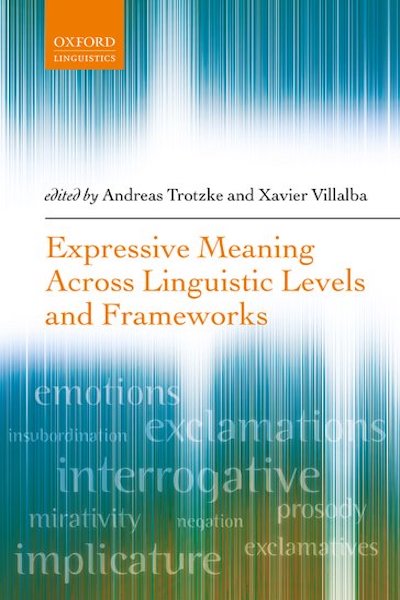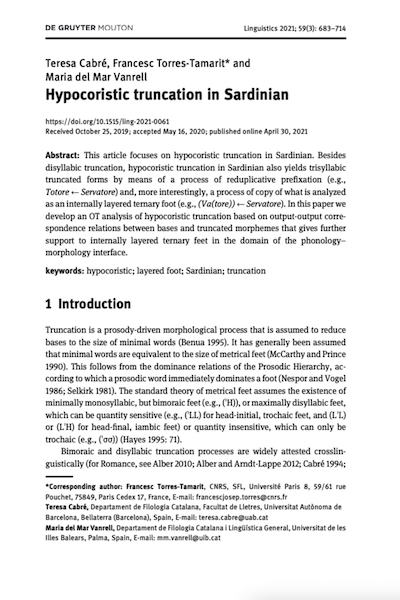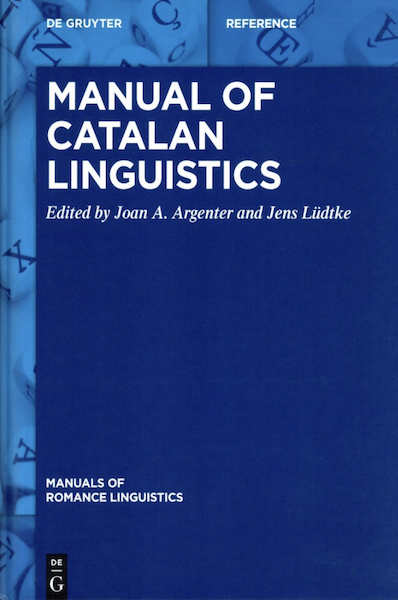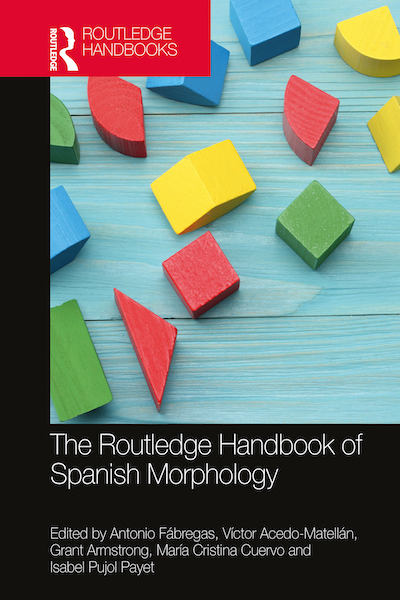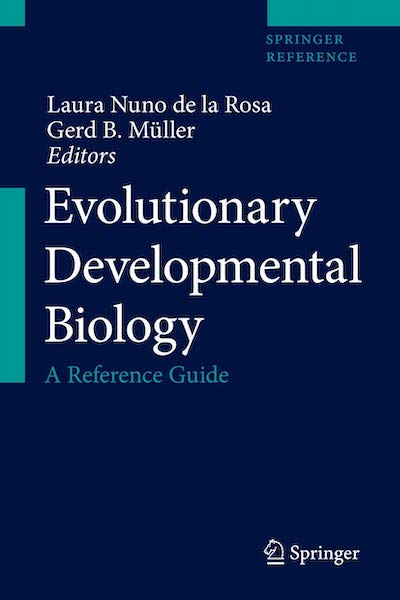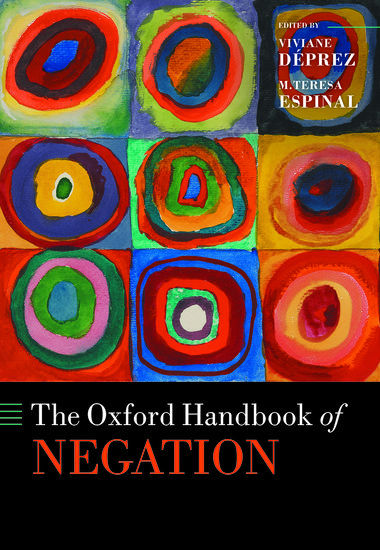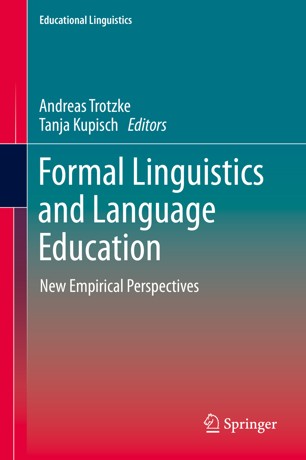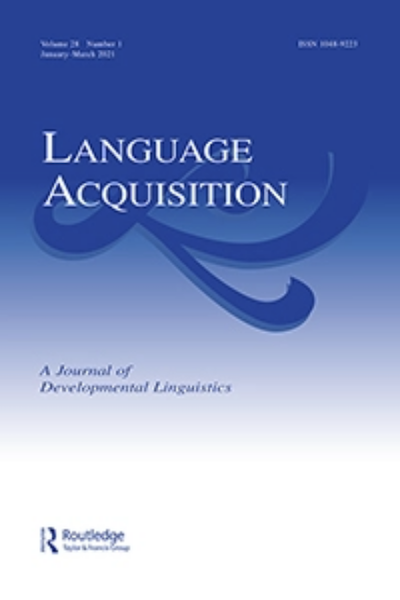
Autors:
Elena Pagliarini, Marta Andrada Reyes, Maria Teresa Guasti, Stephen Crain & Anna GavarróTítol:
Negative sentences with disjunction in child Catalan, Language Acquisition 2021Editorial: Routledge
Data de publicació: Gener del 2021
ISBN13: 1048-9223
Més informació
In English, the sentence Mary didn’t eat pizza or sushi is assigned the neither interpretation (both disjuncts must be false). In Mandarin Chinese, the equivalent sentence is assigned the at least one interpretation (at least one disjunct must be false). The cross-linguistic variation in the interpretation of negative sentences with disjunction has been attributed to the Disjunction Parameter. On one value of this lexical parameter, disjunction is a Positive Polarity Item (+PPI). On the other value, disjunction is not a Positive Polarity Item (-PPI). According to the Semantic Subset Principle (SSP), all child language learners are predicted to initially assign the neither interpretation to negative disjunctive sentences, for reasons of language learnability. The present study investigates the interpretation of negative sentences with disjunction in Catalan. The findings confirm that disjunction is +PPI for adults; children show a bimodal distribution. For some children, disjunction is -PPI, as predicted by the SSP. However, some children adopt the adult +PPI value of the Disjunction Parameter. Children’s level of linguistic maturity, as measured by a sentence repetition task, was correlated with their judgments about negative sentences with disjunction such that children with lower scores tended to adopt the -PPI value. To explain the relatively early parameter resetting by some Catalan-speaking children, as compared to children acquiring other languages where disjunction is +PPI, we discuss the possible “blocking effect” of an alternative lexical expression in Catalan, which unambiguously conveys the neither interpretation.

